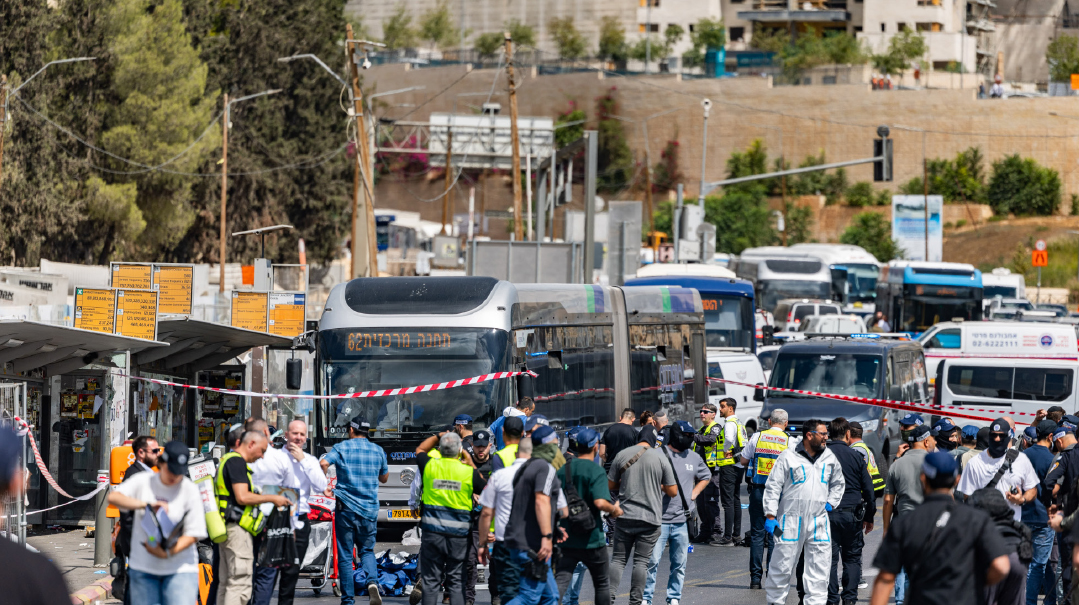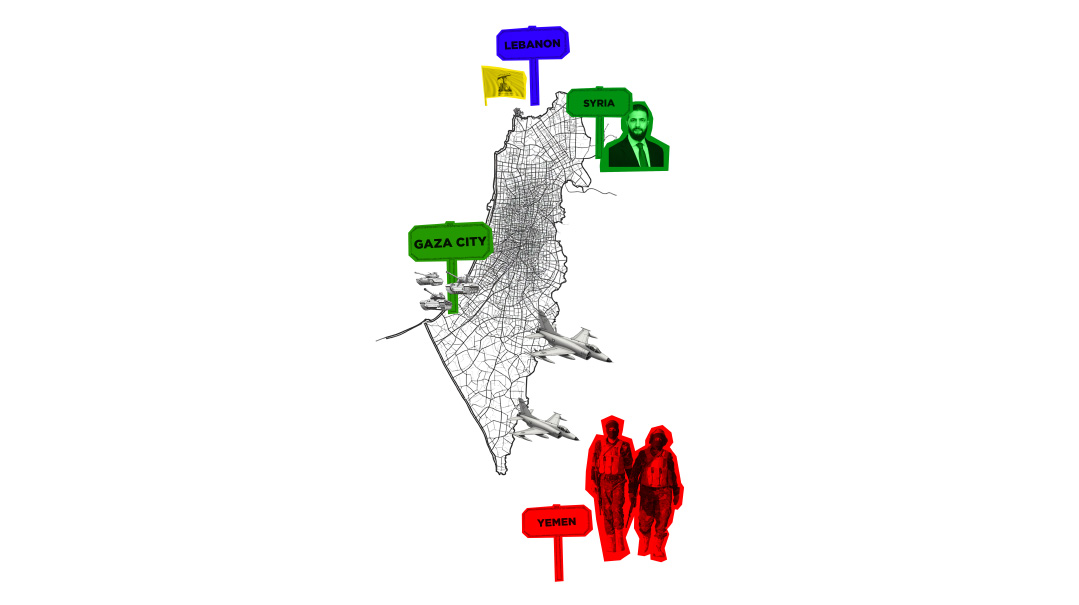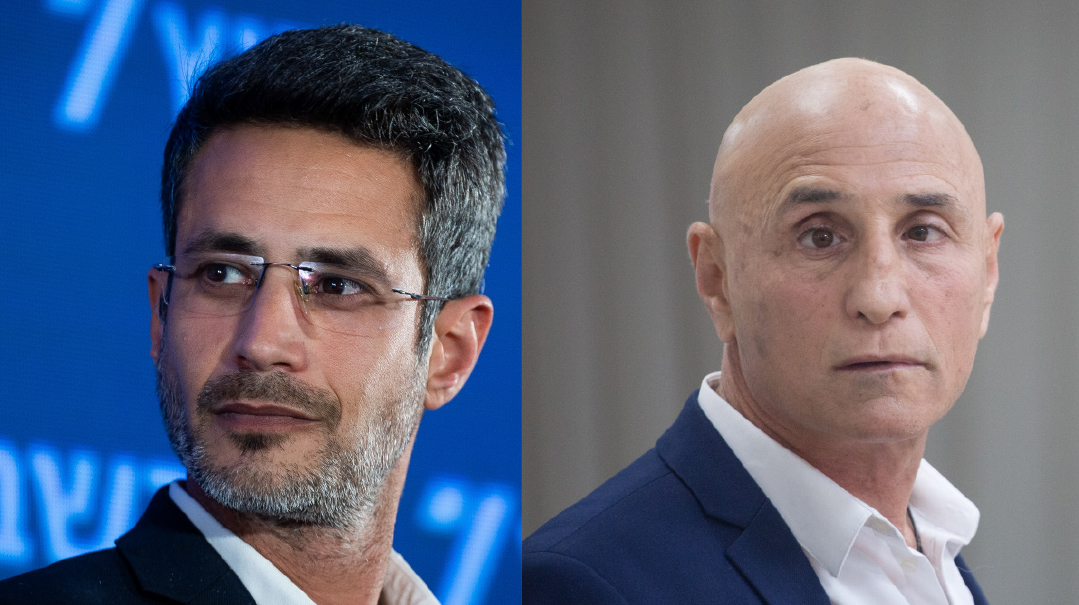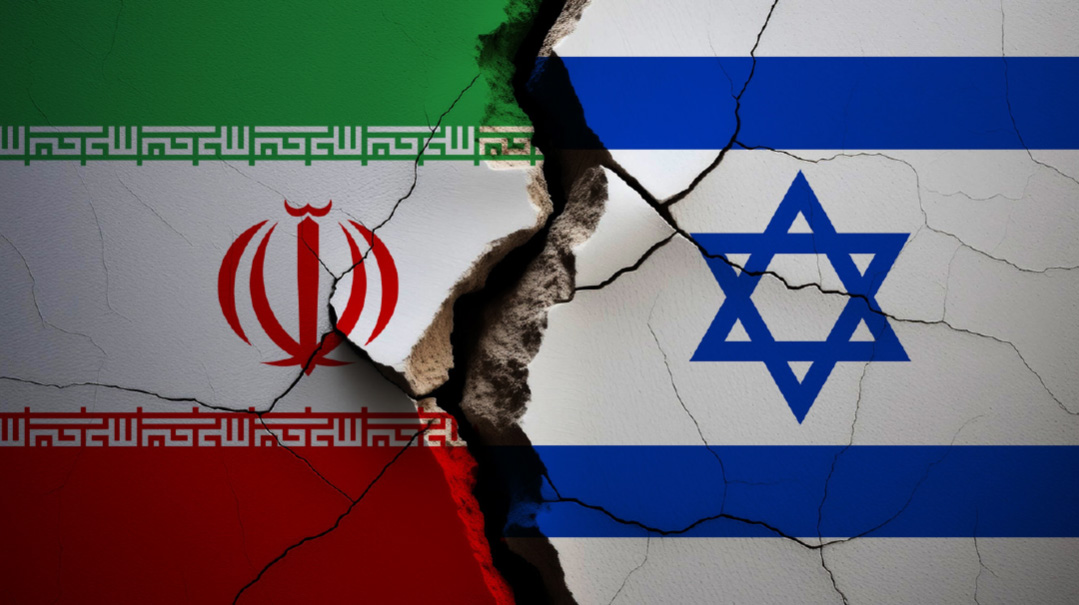Israel’s Answer to Terrorists
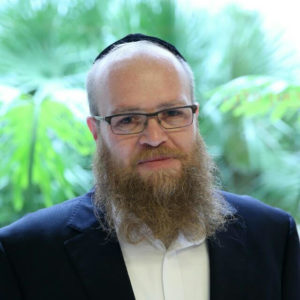
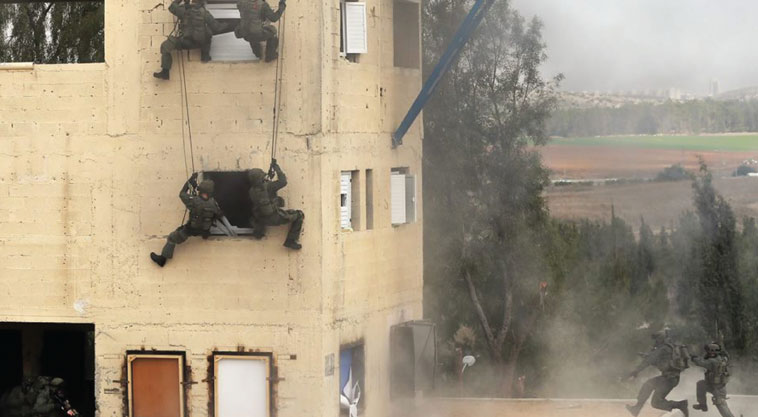
The Yamam anti-terrorism unit of the border police is like no other, sent in to deal with the most violent terrorists in the most difficult situations
The group of fighters from Israel’s counterterrorism unit silently approached the house. Inside, terrorist Salah Barghouti and other members of his Hamas cell were hiding. Four days earlier, Barghouti and his crew had driven up to a bus stop at the Ofra Junction and opened fire, wounding eight. Among them were Amichai and Shira Ish-ran, the parents of premature baby Amiad Yisrael Hy”d, who died in the hospital, just four days old.
At last, the order was given to advance with caution toward the target — and a moment later to take action. One minute, twenty-six seconds later, terrorists with so much Jewish blood on their hands were dead. Mission accomplished, members of the unit quickly departed from the heart of a hostile Arab village.
Not far away, another team from their unit was conducting an operation in the Askar refugee camp, on the outskirts of Shechem. For ten weeks, they had pursued their target, a Palestinian terrorist who killed two Israelis at an industrial park in Barkan. In the same fashion — a stealthy approach and a lighting strike — the terrorist was killed.
The Yamam, the special counterterrorism unit of the Israeli border police, is considered one of the best in the world. In fact, foreign armies with close defense ties to Israel send their men to train with the Yamam. But to this day, the public remains unaware of the majority of its work. As one senior Border Police officer noted, “Many Israeli civilians don’t realize that they owe their lives to the unit.”
Not only does the unit shun public attention, they’re happy to let the IDF take credit for their exploits. “We don’t seek to be crowned as heroes,” said B., a commander for Yamam. “For us it’s enough that people can go out on the street and live their lives without having to fear terror attacks.”
In the past year alone, the unit, working in tandem with the Shin Bet, executed hundreds of operations to neutralize approximately 350 suicide terrorists who were on their way to launch attacks, the kind of operations that are almost never reported in the news.
Who Are They?
Membership in the Yamam unit is highly selective: Out of 1,500 candidates who apply, only 12 to 15 are accepted. After completing their training, members sign an initial three-year contract that is renewed every five years. The retention rate in Yamam is remarkable: about 90% continue for at least five years. No less surprising is the high number of kippah-wearers. Rabbis who work with the police have long established halachic guidelines for Shabbos operations, and commanders know that at the culmination of an action on Shabbos, conditions permitting, the shomer Shabbos fighters will remain in situ until Shabbos ends.
The unit, whose members have a median age of 30, accepts only career officers with command experience in the IDF, and at least 12 years of schooling. Before joining the unit, they must undergo six grueling selection stages. Yamam members begin their service in the unit without rank, regardless of the rank they might have attained in the army.
What Do They Do?
New recruits embark on a seven-month introductory course that includes three months of basic combat training, hand-to-hand combat, urban combat, and use of specialized weapons — followed by another four months of advanced training. At the end of the course, the fighters are divided into various specialties, according to aptitude and skill.
There are fighters who are trained to break into buildings and establish initial contact with the enemy; snipers who can fire at a target from a helicopter; sappers and explosives experts; rappelers who scale the Azrieli Towers as part of their training; mechanical experts; and dog trainers. The Yamam possesses the world’s most advanced robotics unit, with robots capable of carrying weapons, removing mines and explosives, and more.
Almost every fighter who served for more than ten years in the unit has been wounded at one point. One of those fighters is “Avi,” who lost an eye two years ago in a clash with terrorists in Beit Lechem. No one believed he would return to the unit — certainly not after two months — but he insisted.
“Our men see their job as more than a profession — it’s their life’s mission,” explains D., the unit commander. “That explains the relatively advanced ages of the members. While their peers establish themselves financially, they continue protecting the lives of Israeli citizens, on the alert 24-7.”
The conditions in the unit aren’t extravagant by any stretch. Despite being on call day and night, the majority do not receive a personal car. And while they’re eligible for bonuses, their salary is low in comparison to IDF officers of similar rank and experience.
Israel recognized the need for such a unit in the wake of the 1972 Munich Massacre, when Palestinian terrorists took hostage and killed 11 Israeli Olympic athletes. Following the Maalot Massacre in May 1974, when terrorists took students hostage and ended up killing 24, the Horev Commission recommended that counterterrorist operations fall under the purview of the police, and thus, the army “lent” Lt. Col. Assaf Hefetz to found the Yamam, and serve as its first commander.
The newly founded elite unit began operations in 1978 as a commando unit of the Border Police. Later that year, the unit confronted terrorists who landed at the Zichron Yaakov beach in rubber dinghies and hijacked an Egged bus that was making a special trip for families. The bus was stopped by a police roadblock at the Glilot Junction and Hefetz, arriving at the scene, stormed the bus, killing two of the terrorists. In 1994, Hefetz was appointed Israel police commissioner.
“I have pursued my enemies”
Not a day goes by in the unit without intensive training, much of which takes place in urban combat models where Yamam members practice every possible scenario. Special models are prepared in advance of a special operation based on IDF intelligence. All the buildings in the urban combat models are equipped with closed circuit video, and fighters use paint guns, so that exercises can be studied, analyzed, and improved upon.
Target practice includes shooting an egg from a distance of 100 meters. Each fighter gets exactly one shot, because, they say, you rarely get a second chance in real combat.
The pasuk, “Erdof oyevai v’asigeim, v’lo ashuv ad chalosam — I have pursued my enemies and overtaken them, never turning back until they were consumed” (Tehillim 18:38), features prominently on the wall of the briefing room, summing up the nature of their work.
“Sometimes, a fighter doesn’t return from a mission, but the goal is to protect Am Yisrael,” said D., the unit commander. “If the fighter understands that this is his purpose, then we’ve accomplished what we set out to do.”
(Originally featured in Mishpacha, Issue 741)
Oops! We could not locate your form.







